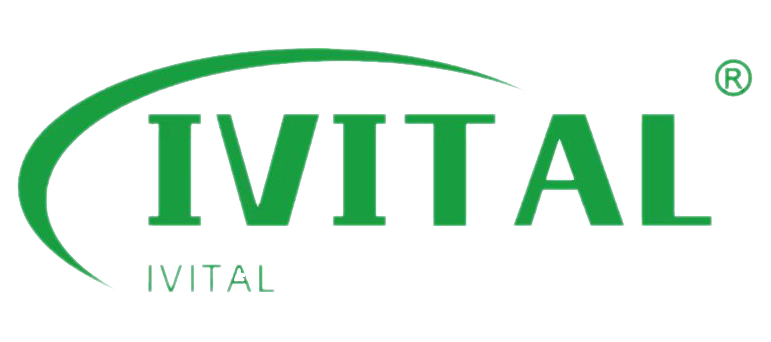I still remember the first time I tried to export electric hoists to Saudi Arabia. I thought getting SASO certification would be straightforward. It wasn’t. I had to figure out SABER registration, select the right certification body, and deal with a lot of paperwork. But once I understood the process, it became much easier.
SASO certification and SABER registration are mandatory for electric hoists entering Saudi Arabia. The process involves registering on the SABER platform, selecting a certification body, and obtaining both Product and Shipment Certificates of Conformity.
I’ve since registered dozens of products on SABER for Saudi clients. Here’s how I do it—and how you can too.
[Table of contents]
- What Is SASO Certification and Why Is It Mandatory for Electric Hoists in Saudi Arabia?
- How Does the SABER Registration Process Work for Electric Hoists?
- What Documents and Information Are Needed for SABER and SASO Certification?
- How Long Does It Take to Get SASO Certification and Complete SABER Registration?
- How Much Does SASO Certification and SABER Registration Cost?
- Who Can Help with the SABER Platform and SASO Certification Process?
- Conclusion
What Is SASO Certification and Why Is It Mandatory for Electric Hoists in Saudi Arabia?
The first time I heard about SASO, I thought it was just another approval. But SASO certification is essential.
SASO certification ensures that electric hoists meet Saudi Arabia’s technical regulations for safety and quality. Without it, products won’t clear customs and can be returned or destroyed.
Saudi Arabia enforces strict standards through SASO. Once certified, your electric hoists can legally enter the Saudi market and be used in construction, oil and gas, and logistics projects.
How Does the SABER Registration Process Work for Electric Hoists?
I was overwhelmed by the SABER platform at first. But after my first registration, it became part of my routine.
The SABER system is an online platform where importers register electric hoists and apply for SASO certification. The process involves getting a Product Certificate of Conformity (PCoC) and a Shipment Certificate of Conformity (SCoC).
My Step-by-Step SABER Registration Process
- Create an Account on SABER
I signed up as an importer on the SABER portal. You need a Saudi commercial registration number or an authorized representative. - Register the Product
I entered details like product name, HS code, and technical specifications. Then I categorized the hoist as a regulated product. - Choose a Certification Body
I selected an approved certification body listed on SABER, such as Intertek or SGS. - Apply for Product Certificate of Conformity (PCoC)
The body reviewed my documents and test reports. Once approved, I received the PCoC. It’s valid for 1 year. - Apply for Shipment Certificate of Conformity (SCoC)
For each shipment, I applied for an SCoC. The certification body issued it after verifying the invoice and shipping documents. - Clear Customs
With the SCoC in hand, I submitted the documents to Saudi Customs. My shipment was cleared without problems.
What Documents and Information Are Needed for SABER and SASO Certification?
I learned that having complete documents saves time and prevents delays. Here’s what I always prepare.
Required Documents
| Document Name | Purpose |
|---|---|
| Product Technical File | Describes product specifications and compliance |
| Test Reports | Prove safety and conformity with SASO regulations |
| HS Code Classification | Categorizes products for import controls |
| Invoices and Packing Lists | Needed for SCoC issuance and customs clearance |
| Commercial Registration (CR) | Proves the importer’s legal presence in Saudi Arabia |
Pro Tips
- Make sure your test reports come from SASO-approved labs.
- Double-check HS codes; mistakes cause delays.
How Long Does It Take to Get SASO Certification and Complete SABER Registration?
The first time I did it, I underestimated the time it takes. Now, I build a timeline into my process.
SASO certification and SABER registration for electric hoists usually take 4 to 6 weeks if documents are complete and testing passes on the first try.
My Typical Timeline
| Step | Duration |
|---|---|
| Create SABER Account | 1-2 days |
| Product Registration and PCoC | 2-4 weeks |
| SCoC for Shipments | 1-3 days (per shipment) |
| Customs Clearance | 2-5 days |
Delays I Faced
- Incomplete documentation
- Wrong product classification
- Waiting for lab testing results
How Much Does SASO Certification and SABER Registration Cost?
Budgeting was tricky at first because costs vary by certification body. Here’s what I’ve learned.
The cost of SASO certification and SABER registration depends on product type, testing requirements, and the certification body you choose.
My Cost Breakdown
| Item | Cost Range (USD) |
|---|---|
| Product Certificate (PCoC) | $300 – $500 (per product) |
| Shipment Certificate (SCoC) | $50 – $150 (per shipment) |
| Product Testing (if required) | $500 – $2000 (depending on complexity) |
| Consultant or Agent Fees | $300 – $1000 (optional but helpful) |
My Tip
Request quotes from multiple certification bodies to compare fees.
Who Can Help with the SABER Platform and SASO Certification Process?
I struggled alone at first. Then I found local agents who made things much easier.
Local agents and certification consultants can guide you through SABER registration, SASO compliance, and customs clearance.
Helpful Resources I Used
- Certification Bodies: SGS, Intertek, TÜV SÜD
- Local Agents: Many Saudi-based service companies help foreign exporters
- Trade Fairs: Saudi Construction Exhibition, Oil and Gas Equipment Exhibition
- Official Platforms: SABER Portal, SASO Website
Conclusion
SASO certification and SABER registration are essential for exporting electric hoists to Saudi Arabia. Once you understand the process, it’s manageable—and it opens the door to major projects in construction, oil and gas, and logistics.



